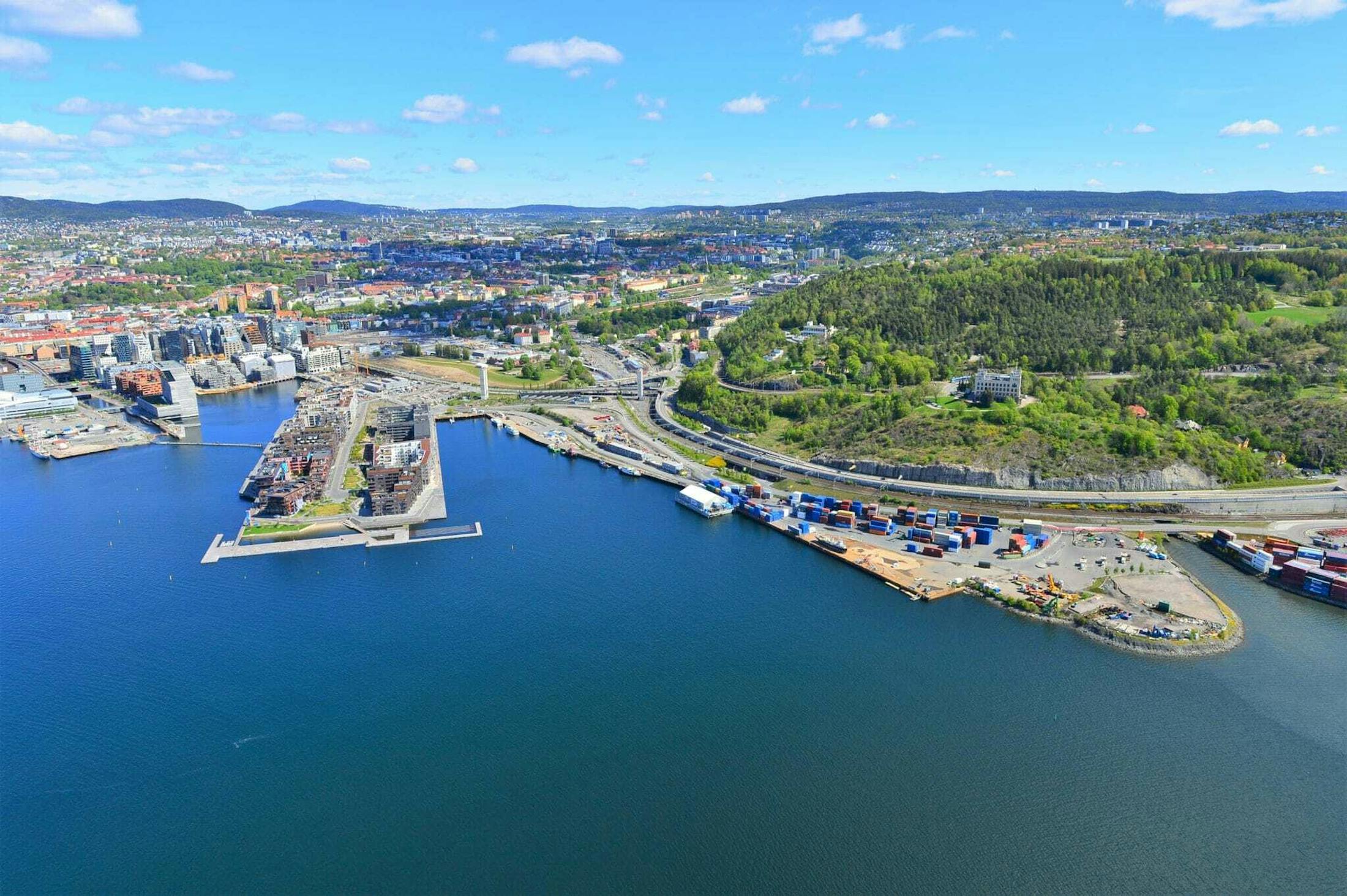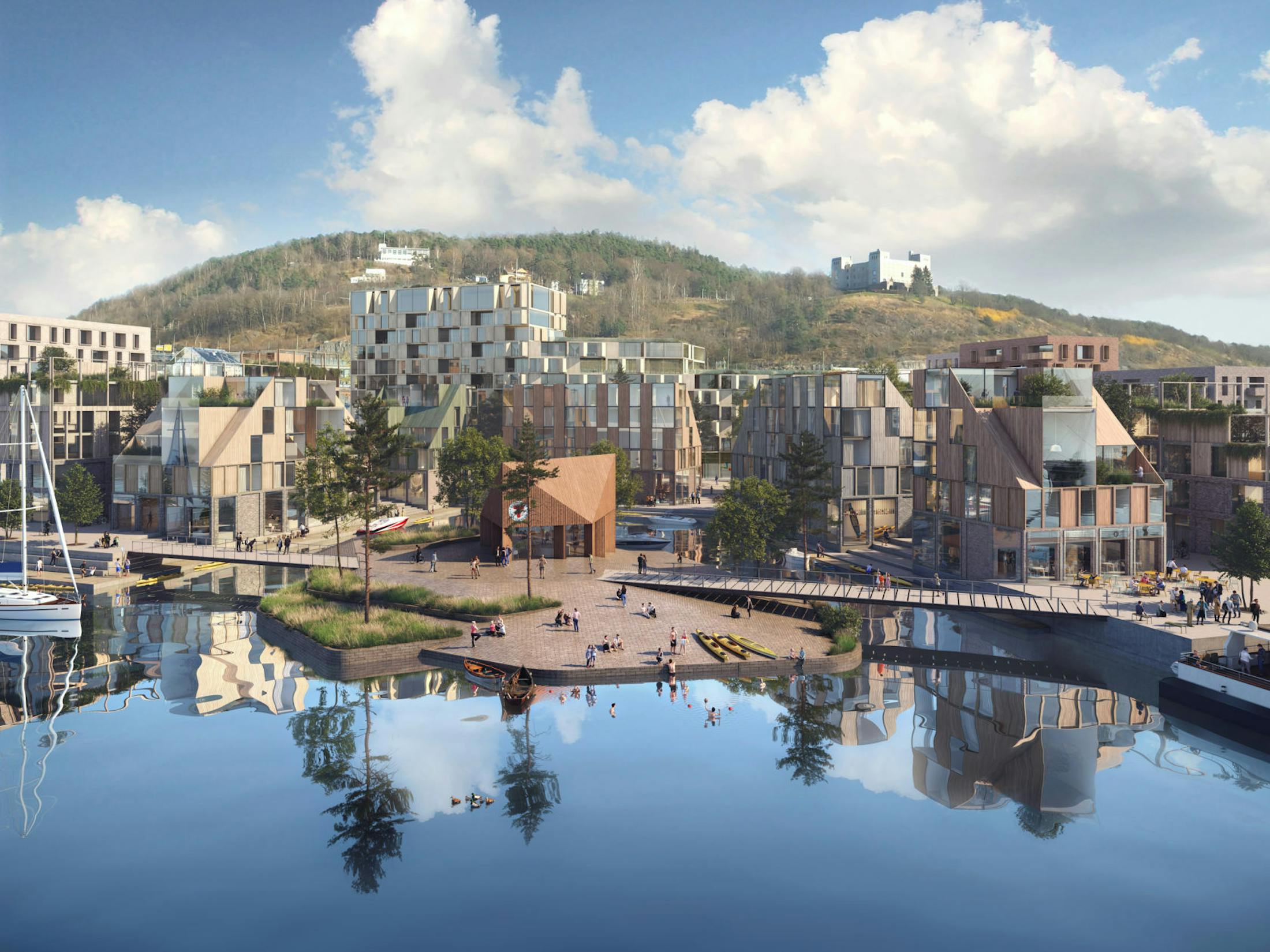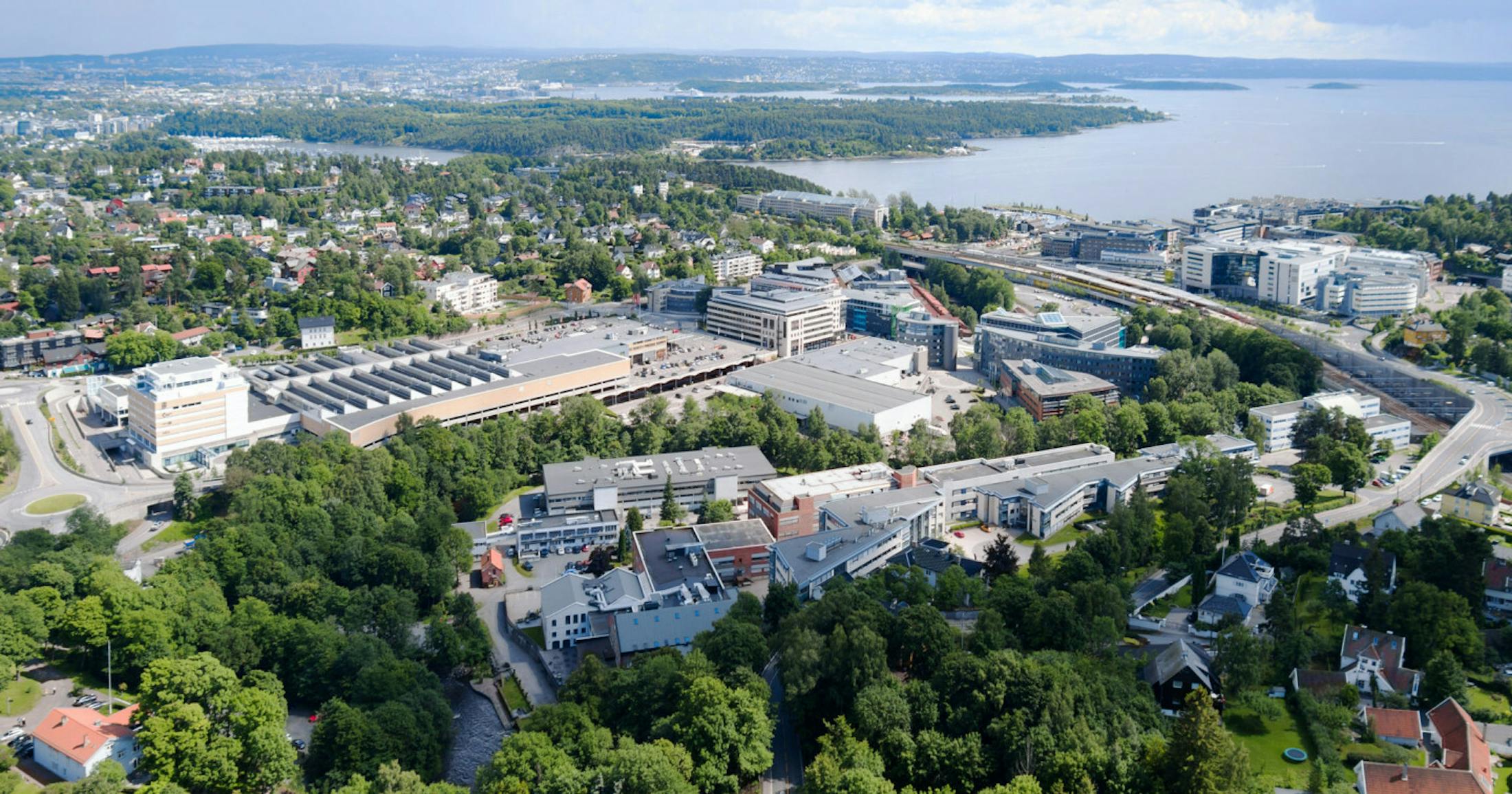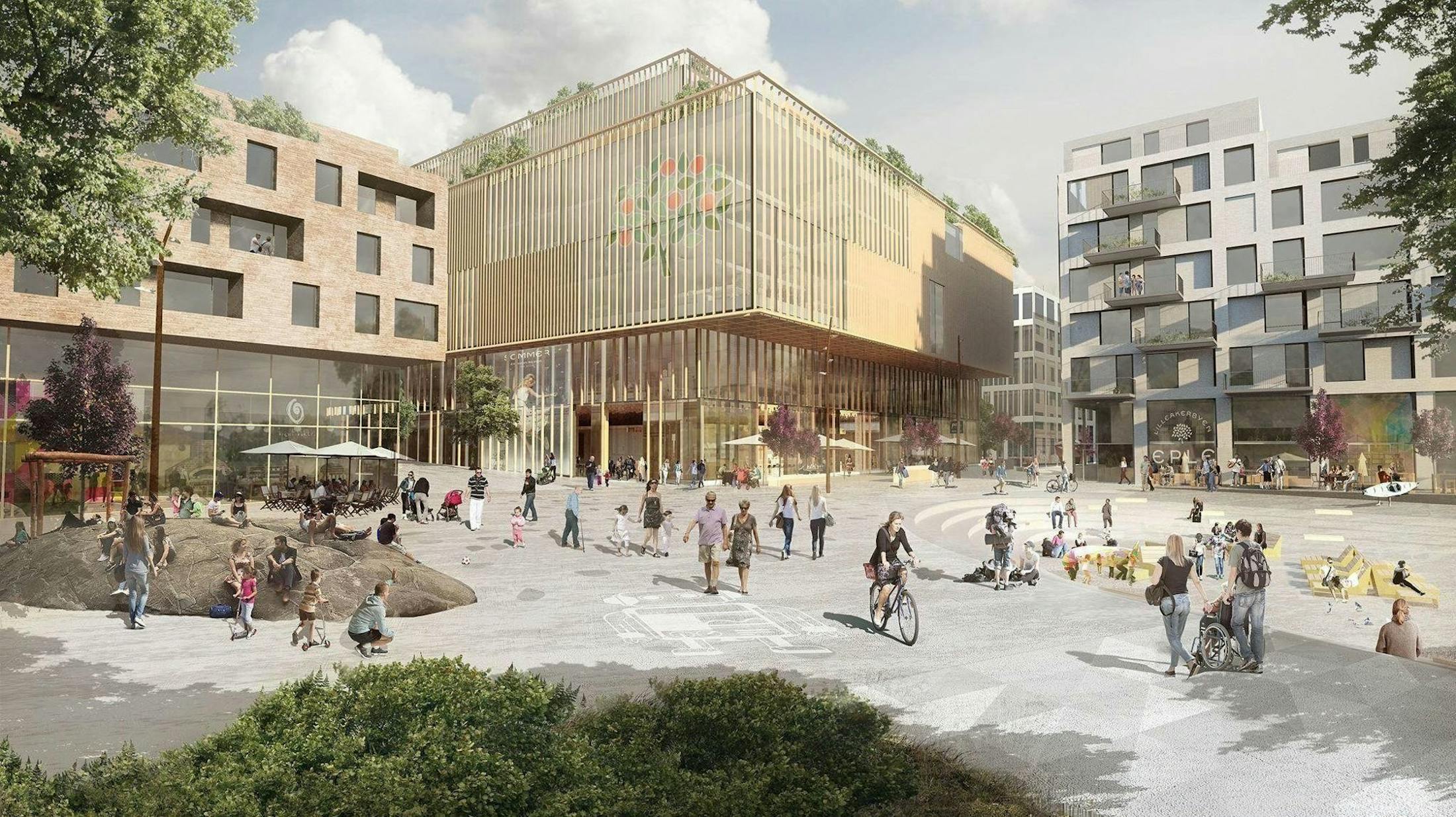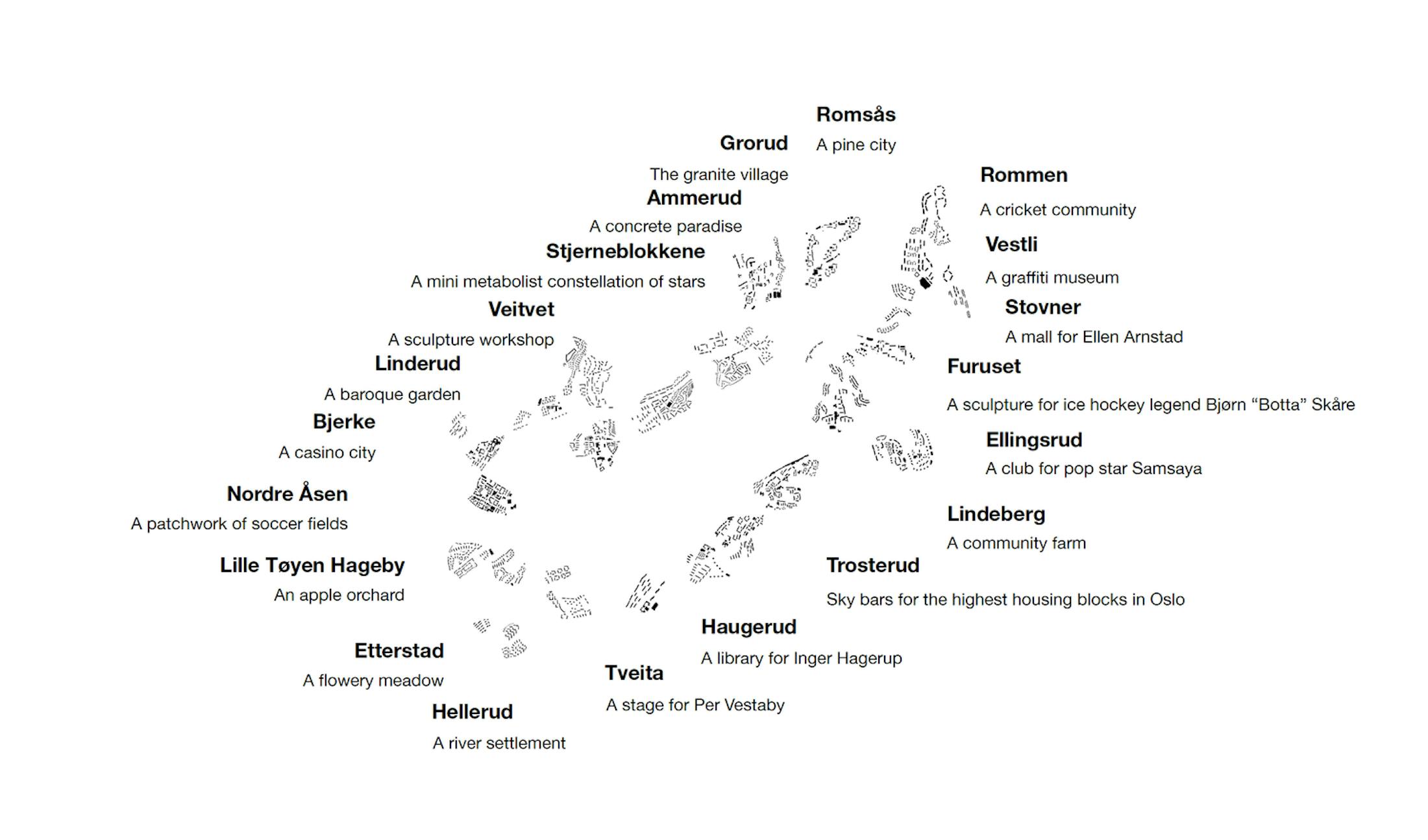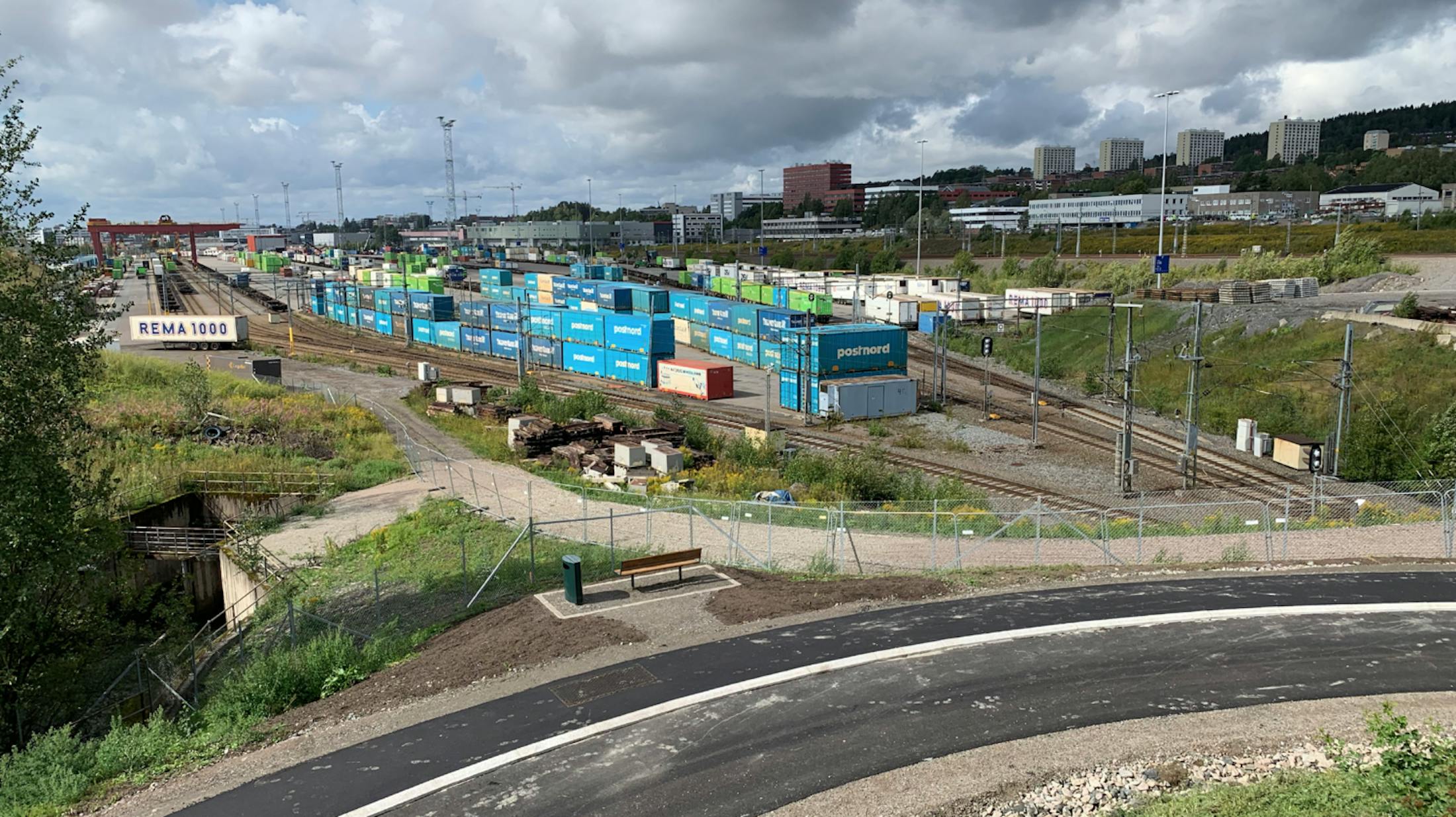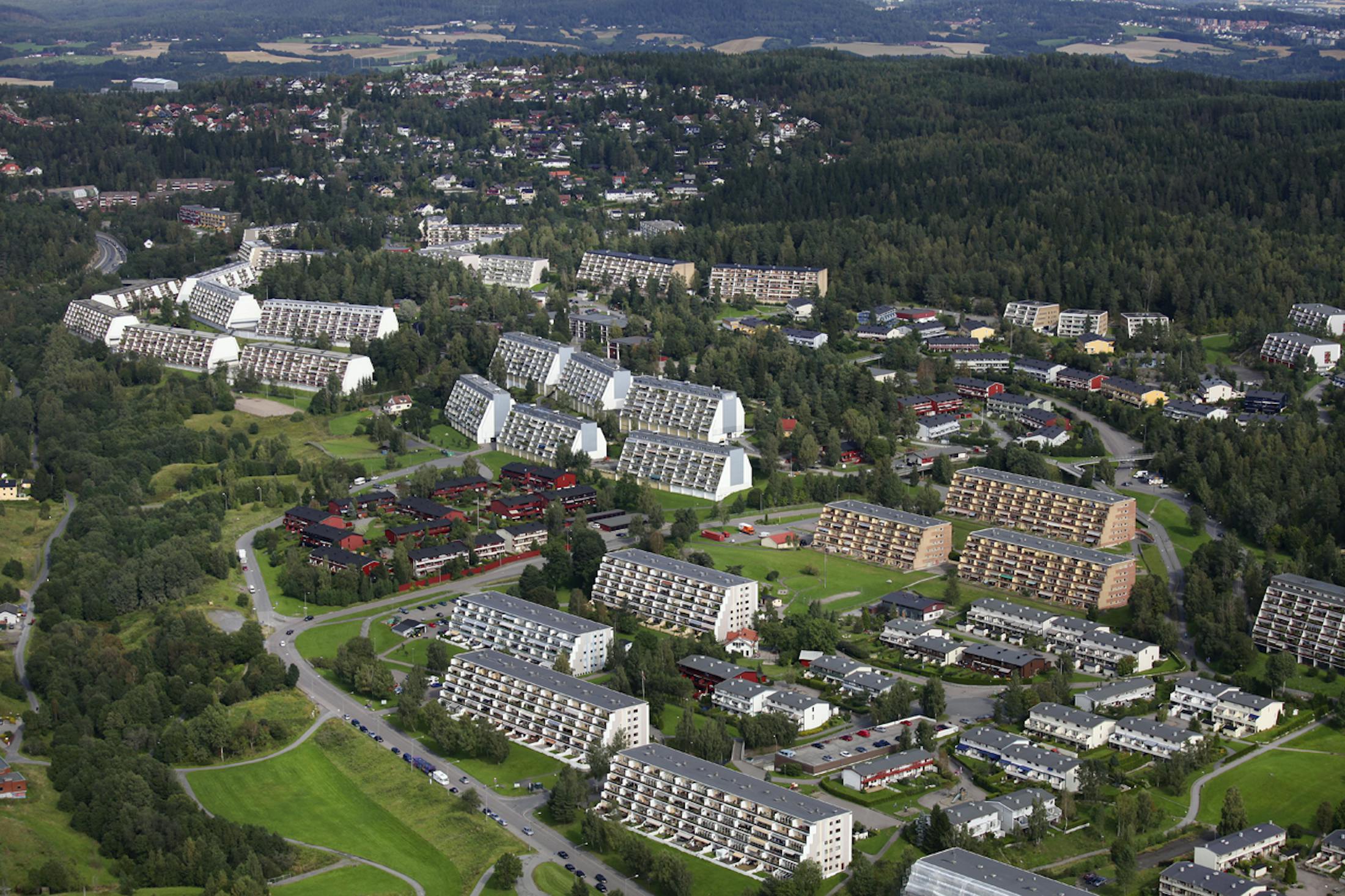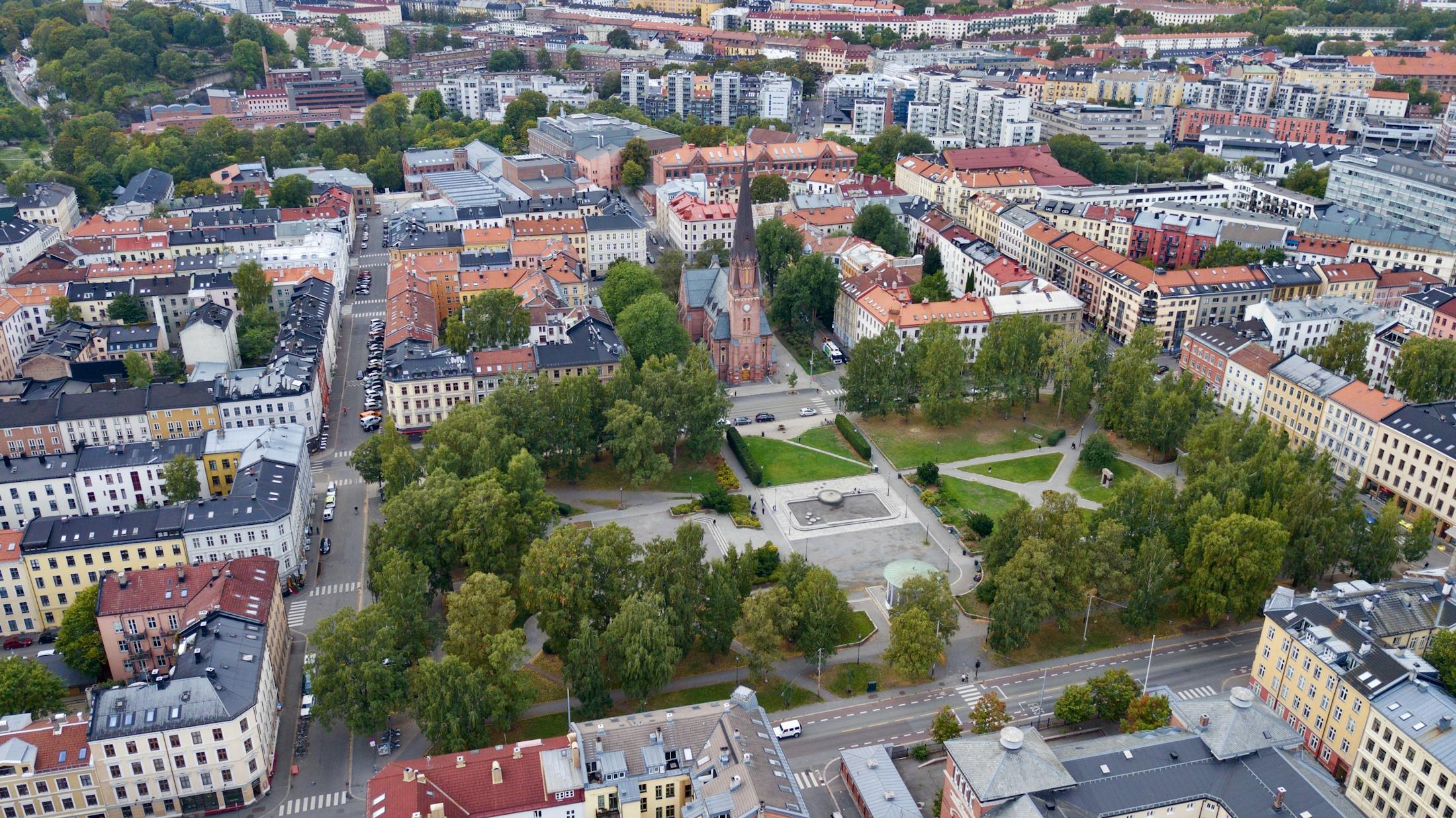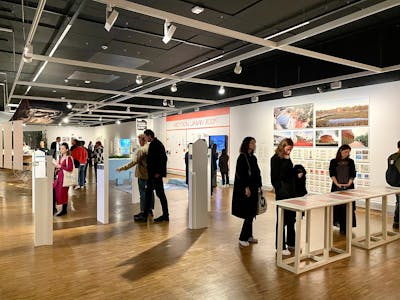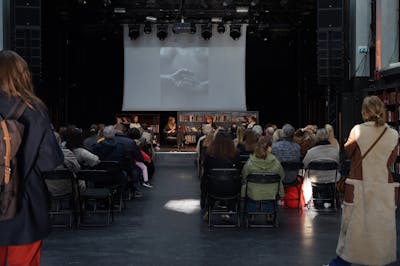Oslo in the making
The 2022 Triennale takes a closer look at ongoing developments in it's own city

The residential project Vannkunsten in Bispevika in the harbour of Oslo, designed by danish architects Vandkunsten. This project is amongst the most recent residential developments built as part of Fjordbyen - the major transformation of the city's previous industrial port areas. to Photo: Damian Heinisch
Oslo is undergoing a building boom - for better and worse. This year's triennale looks closer at it's home city’s neighbourhoods under development.
Oslo is undergoing massive change. The harbour front, once a barrier to the sea, has opened up. The so-called Fjord City (Fjordbyen) is materialising in and around Bjørvika, with the new Deichman Library and the Munch Museum as beacons. Around Oslo, new areas like Løren, Ensjø and Storo are being completed - and much more is in planning or construction. Oslo has long been the fastest growing city in the Nordic region.
Under construction
As Oslo’s own Architecture Triennale we want to shed light on our city in the making - notably the attempts to form new neighbourhoods and (maybe not so much) communities. Many - including our own director, and The Architectural Uprising (Arkitekturopprøret) - have voiced rather harsh critiques of recent projects. Though different in nature, the critique testifies a certain sense of sadness and frustration with many of the new urban developments.
As part of the Triennale’s ongoing Neighbourhood Lab activities, we want to explore the systemic conditions for the urban development of Oslo - and try to push forward more holistic projects. Thus, we collaborate with a range of local actors in the city from different fields who work with planning and construction of the new Oslo. During the Triennale we will showcase a list of projects under development, as well as more artistic, experimental and activist perspectives on the neighbourhoods in the making in Oslo. We also want to engage the people of Oslo in discussions on what makes a neighbourhood great - or not!
Competition about the the next big neighbourhood in Oslo
We will show the entries for the competition around the development of Grønlikaia - the next big district to be developed along the Oslo harbourfront. Collaborating with the public development company Hav Eiendom AS, we showcase the 16 entries and host a series of debates and events, encouraging public feedback and discourse. Grønlikaia is one of the last large areas along the fjord in Oslo, bordering the first development area in Oslo’s old industrial harbour, the 18-ha area of central Bjørvika.
From shopping centre to neighbourhood?
In the western part of Oslo, Mustad Eiendom is planning to turn an area that today consists mostly of a big shopping centre, offices spaces and parking lots into a lively neighbourhood. The development of the new area, Lilleakerbyen, is just beginning. At the triennale you get the chance to explore the plans and visions, visit Lillakerbyen and give your input.
Groruddalen - remarkable transformation underway
North east of Oslo, Grorud valley extends as a diverse urban fabric, mixing industry, modernist building projects, small-scale housing and heavy infrastructure. We collaborate with several actors in the area, including Bydel Stovner and Coop, exploring how to develop community quality in Vestli.
Mission Neighbourhood - local heroes and villains
We are engaging with the public debate, inviting a series of local voices as well as engaged citizens to share their views on the best and worst neighbourhood elements in Oslo. We aim to praise the places and people that make a difference for the neighbourhood - and discuss the places that do not work. We believe it’s important to discuss what really matters for people and communities and to be generous with both praise and critique.
More projects to be announced
